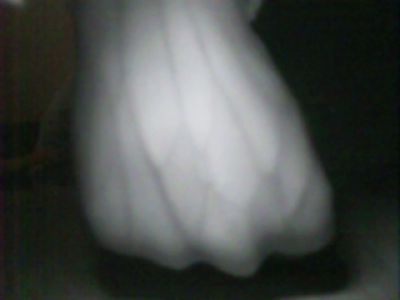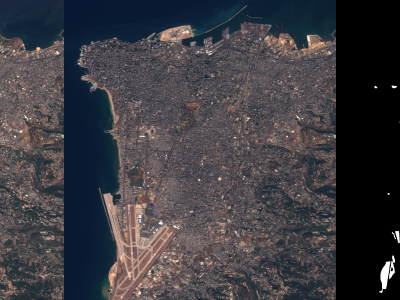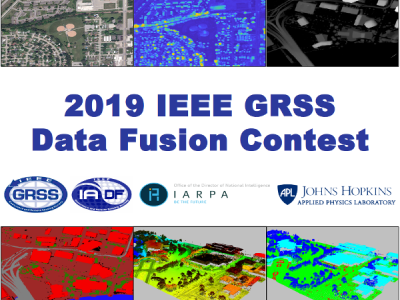The Dorsal Hand Dataset For Recognition System

- Citation Author(s):
- Submitted by:
- Mohamed Sayed
- Last updated:
- DOI:
- 10.21227/khnd-c207
- Data Format:
- Research Article Link:
 1491 views
1491 views
- Categories:
- Keywords:
Abstract
Researchers are becoming increasingly interested in dorsal hand vein biometrics because of their characteristics. These characteristics can be summarized as follows: it does not need contact with the capture device, cannot be forged, does not change over time, and provides high accuracy. Recognition systems of the dorsal hand rely on how the collected images captured from the device are good. Near-infrared (NIR) light is used to distinguish veins from the back of the hand.
Contactless hardware was used to capture images of the proposed system. The hardware consists of three components: a USB camera, infrared LEDs, and a mobile smartphone. The USB-Camera has a resolution of 640×480 pixels and was modified to be sensitive to infrared light by removing the infrared cut-off filter and placing another one made of a magnetic film that only wavelengths above 700 nm can pass. For illumination, 20 infrared LEDs were mounted on a test board and connected to a power supply. The dorsal hand is illuminated with infrared LEDs, and the camera starts capturing frames and sends them to the smartphone mobile via the On-The-Go cable (OTG) for further processing.
Instructions:
The Dorsal Hand Database consists of 2200 dorsal hand images captured from both hands of 100 persons: 47 males and 53 females. The attached file (zipped file 3MG) contains 32 images as samples from our full database. To collect the dataset, the user places his hand in front of the USB-Camera 10-13 cm away. The dorsal hand is illuminated with infrared LEDs, and the camera starts capturing images (11 samples from each hand) and sends them to the smartphone mobile via an on-the-go cable (OTG) for processing. The captured images were resized to 320×240 pixels and stored in .png format to retain the image quality. We collected our dataset in different places indoors and under artificial light. The dorsal hand images in the database are labeled as "user x_L_N.png", where the "x" is the unique id for user (range from 0 to 99), "L" indicates to left hand and "N" is the number of sample image of each hand (range from 1 to 11).








非常感谢